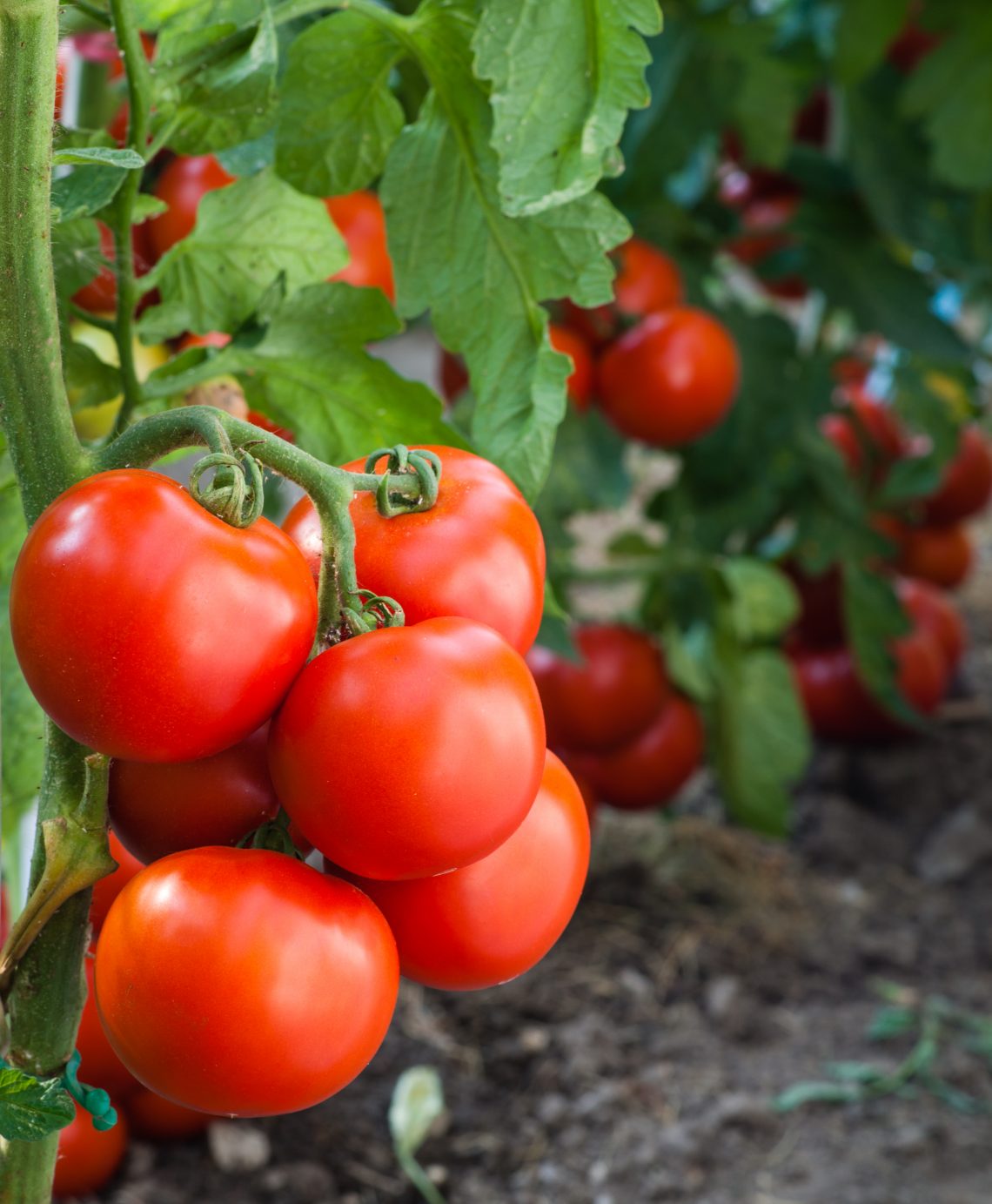
What to Do with All Those Tomatoes?
I have a bounty of tomatoes in my garden, and I’m looking at new ways to use them. It’s been a good season, a welcome change from last year. But after a few BLTs, several different salads, salsa, and a couple of pasta dishes, it’s time to find a new way to handle the growing number of ripe tomatoes before they’re stolen by the chipmunks and squirrels. I live in a household that favors culinary variety, so I’m looking for some new ways to either store for the long term or else offer a different kind of presentation and flavor profile for our meals.
Who ate the first tomato?
Ancient humans tamed the small bitter berries growing on bushes in the west coast deserts of South America. The ultimate domestication of the fruit occurred in Mexico. The name tomato comes from the Aztec word for “plump fruit” – the tomatl. The plant, a member of the nightshade family, is a cousin to the capsicum peppers, potatoes, and Old World eggplants. Because of their relationship to the nightshade family, it took a while for other cultures to feel safe in consuming tomatoes. Nonetheless, when the Spanish explorers took the fruit to Spain in the early 1500s, it quickly spread to Italy and the Low Countries. Culinary historians agree that it took several decades for the tomato to become a popular ingredient in meals. Nonetheless, today the fruit is found in cuisines around the world.
How to preserve them
Armed with that knowledge, I thought I’d look for some new ideas about using large quantities of tomatoes. Of course, I could take the easy route: blanch them, remove the skins, and place them in containers for freezing. Or I could make some simple tomato sauce or herbed pasta sauce to freeze. I could even set aside some pickled tomatoes. I also found that “sun-drying” the tomatoes (either in the oven or a dehydrator) before freezing can intensify the flavor.
Since I can easily find good-quality canned tomatoes over the course of the year, I’d really rather use them fresh right now because they are just so good. I decided to look at recipes from other cultures that use a lot of tomatoes. I’ve already prepared chicken-stuffed tomatoes and several versions of tomato salad, and our household does not need more pasta recipes. But some time in the next week, a nice tomato pie or tart would put them to good use.
When you want to use them now
For variety, I’ve found several recipes from Asia and North Africa that sound intriguing. How about some chickpea meatballs in aromatic tomato sauce from Iran? India provides some unusual ideas: There’s Northern India’s butter chicken with tomatoes, and lentil fritters in tomato sauce from Assam. From Morocco comes fish tagine with tomatoes, olives, and preserved lemons. And from Thailand comes crying tiger steak with roasted tomato-chili sauce.
After trying a few of these, I’ll not only substantially cut down on the amount of produce in the garden; I’ll also have a chance to find some new taste sensations. As for the rest, I will doubtless freeze them before they’re consumed by those pesky marauders. It’s a win-win for everything but the furry beasts.
How about you? Any suggestions for consuming your surplus garden bounty?
To comment, please click on “Read in Browser” or on the headline to view the blog on the website. You can log in and comment at the end of the blog to share your thoughts and start a discussion.
If you’d like to share the blog, click on the Facebook icon or one of the others. Thanks!





3 Comments
Angela Carbone
I make a lovely vegetable ragout with tomatoes. I remember my mother making it when I was a child.
I use tomatoes, onions, peppers (any variety), garlic, zucchini, and herbs (oregano, basil, fresh mint, thyme). Cut the tomatoes, onions, peppers, and zucchini into chunks. Sprinkle them with salt and a little red pepper flakes. Saute them in olive oil with garlic until the juices flow and the vegetables are tender. Very easy but delicious. And you can add more vegetables that you like.
After cooking, transfer to a dish and sprinkle with parmesan or romano cheese. Serve hot.
Lisa Brayton
Since both tomatoes and pottoes are originally from the western hemisphere, I have taken to combining these natives in a salad with mayo and garden herbs.
Robin Lawson
This comes from our friend Simone Puhe in Wiesloch, Germany.
You can tell Lynn I always read his newsletter and get inspired. I would have an idea of what to do else with tomatoes 😊
Ingredients
– 1 kg tomatoes
– 800 g raw cane sugar and optional a bit of vanilla
– 1 cinnamon stick
– 1 organic lemon
You can use it for goat cheese or other cheeses, bread with fresh cheese (Queijo Fresco), cookies, crackers, and as dip.